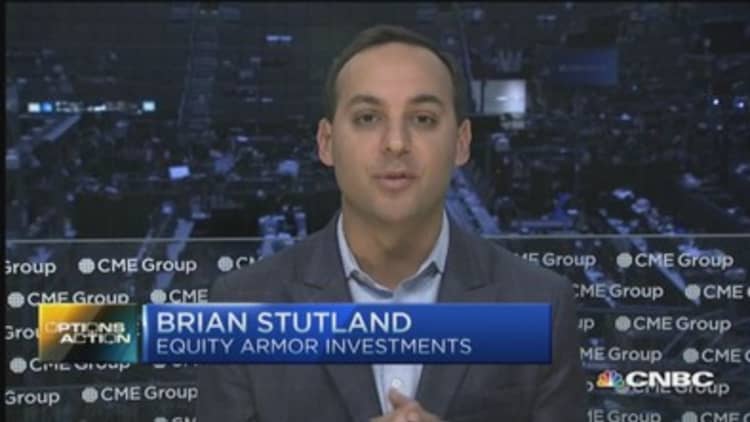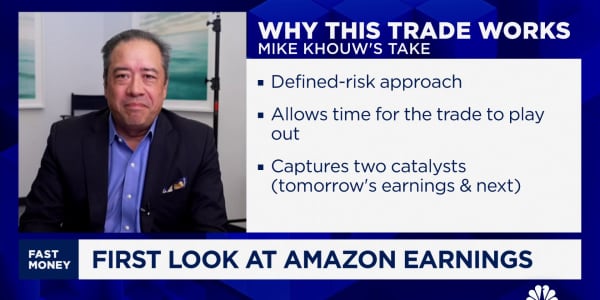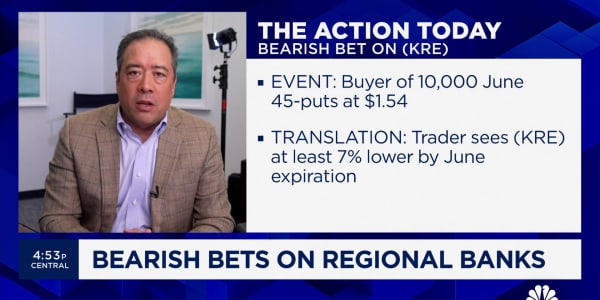
The market's jitters appear to be melting away.
Even as the is slightly down on the year, the CBOE Volatility Index has plunged, indicating that investors are becoming less interested in hedging their market positions.
This is unusual, because the VIX (which is calculated from the prices of options on the S&P 500, which are more commonly used to hedge downside losses rather than speculate on upside gains) and the S&P 500 tend to have an inverse relationship. As the market rises, the boost in confidence leads the VIX to fall; conversely, adverse events or broad concerns lead stocks to fall, and the price of insurance to rise.
Yet thus far in 2015, the trend has not been in place. The S&P 500 is down 0.3 percent through Monday's open (so stocks are essentially unchanged) while the VIX has fallen 15 percent. This is especially odd because the market's actual volatility has been high, with huge up-and-down moves becoming increasingly common.
"Realized volatility has been super-elevated ever since the beginning of December," but the VIX is indicating that "we are due for a little bit of a lull here for a couple days," said Mark Sebastian, the founder of Chicago-based Options Pit, a consulting firm specializing in risk analysis.
Brian Stutland of Equity Armor Investments ties the VIX plunge to the European Central Bank's Thursday quantitative easing announcement.
"Certainly VIX traders are betting that the ECB effect of monetary stimulus will drive the VIX lower, and that's why we saw the VIX drop over the last few days," Stutland said Friday on CNBC's "Options Action."
With the market fear gauge currently at 16, Stutland says the VIX is right between the area suggesting that it's time to buy protection and the area suggesting that it's time to commit capital to the market.
Yet Sebastian believes we're currently seeing a "new cycle," where 15 or 16 will be the low and the VIX will rise above 20 much more frequently.
"The dollar is rallying, rates are falling, and oil is now much lower," he pointed out in an interview Monday. "With this much up in the air, all it takes is one big shock and we could get something ugly."
To Sebastian, market knowledge of this fact should prevent the VIX from getting much below the 16 level, where the volatility gauge appears to have found a bottom of late
Follow the show on Twitter: @OptionsAction.







